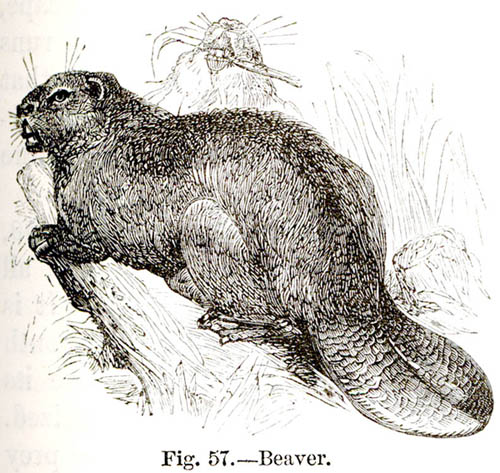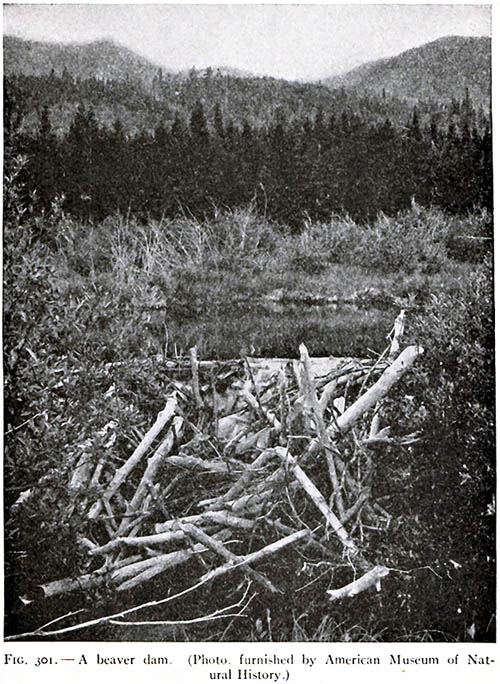Nature's Engineer
by Andrew Boyd
Today, scientist Andrew Boyd and nature's engineer. The University of Houston presents this series about the machines that make our civilization run, and the people whose ingenuity created them.
It's the largest rodent found in North America, weighing forty to sixty pounds. It's also irresistible. Found throughout the northern United States and Canada, beavers were nearly hunted to extinction by the end of the nineteenth century. Their sumptuous coats propelled the fur trade during colonial times, and that contributed to western expansion. Fur traders moved further inland as beaver populations dwindled, and settlers followed.
Yet pelts aren't what make these animals special. It's their ability to change the environment. Elephants are bigger; chimpanzees smarter. But beavers engineer the world around them. Beavers have broad, flat tails, large front teeth to gnaw through trees, and they waddle when they walk. They eat many types of vegetation, including tree bark. Beavers also use trees for construction projects.
The most important project is building a home, or lodge. Beavers prefer to build in slow moving water two to three feet deep. A typical lodge is a dome-shaped structure of sticks and mud. It stands ten feet high and twenty feet across. Entrances to the lodge are underwater. That helps protect the occupants from predators. The entrances also give beavers access to the water when ponds are frozen. Branches stored under the surface during warm months are used as food.
Inside the dome is a large central chamber where beavers raise their families. Beavers are monogamous and live in family groups of around ten. A mother and father will have a litter of one to six kits per year. These kits stay with the parents for two years, so both older and younger ones live in the house together. By the third year, the older siblings either leave on their own or are pushed out by their parents. The parents stay in the family home unless there's good reason to move.
When beavers can't find water that's just right for building a lodge, they'll first build a dam. Dams are a mixed blessing, not for the beavers, but for their surroundings. Dams can create ponds covering many acres. Environmentalists are quick to point out that these ponds are the foundation of important natural ecosystems. But a civil engineer finding a road covered in water is not very happy. Neither is the homeowner whose property is slowly being submerged and whose trees are disappearing.
Still, in spite of the trouble they can cause, beavers hold a special place in North American culture. Many of the engineering schools in the country -- Oregon State, Cal Tech, MIT -- have the beaver as their school mascot. Both New York and Oregon have adopted the beaver as their official state animal. But the highest recognition comes from Canada, where, instead of a bald eagle, the industrious beaver is honored as the national animal. It's even inscribed on the Canadian five cent piece.
With their affable disposition, work ethic, family values, and environmental record, it's hard not to feel a fondness for the beaver. You know, they sound like ideal candidates for political office.
I'm Andy Boyd, at the University of Houston, where we're interested in the way inventive minds work.
Dr. Andrew Boyd is an adjunct faculty member in the Department of Industrial Engineering at the University of Houston. Dr. Boyd received his A.B. with Honors at Oberlin College with majors in Mathematics and Economics in 1981, and his Ph.D. in Operations Research from MIT in 1987. His new book is, The Future of Pricing: How Airline Ticket Pricing Has Inspired a Revolution, (New York: Palgrave-MacMillan, 2007).
See articles on beavers in the Encyclopaedia Britannica or in Wikipedia.

Beaver picture from W. Hooker, Natural History, 1864

Beaver dam picture from R. W. Hegner, Practical Zoology, 1917